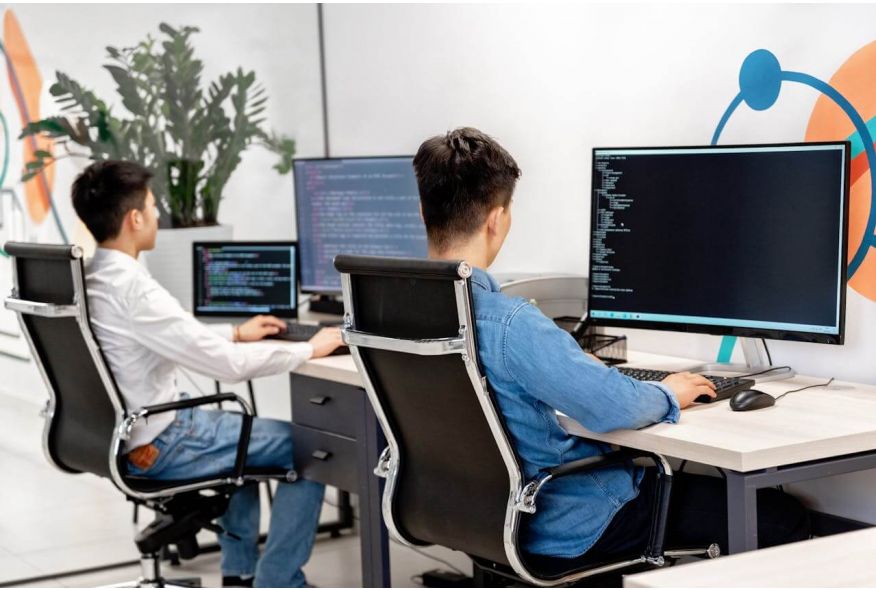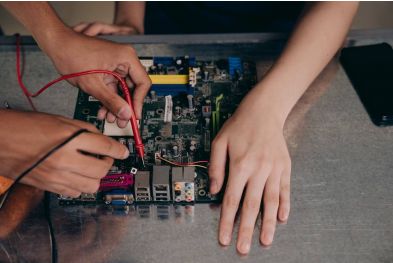How to Avoid Performance Drops on Your Computer
Is your computer suddenly running slower than usual? Performance drops can be frustrating, especially when you’re in the middle of an important task. The good news is that many common causes of slowdowns are preventable. In this article, we’ll share practical tips to help you avoid performance drops and keep your computer running smoothly.
1. Keep Your System Updated
One of the easiest ways to maintain performance is to ensure your operating system and software are up to date. Updates often include bug fixes, security patches, and performance improvements.
Windows Updates: Go to Settings> Update & Security> Windows Update and check for updates.
Driver Updates: Visit your hardware manufacturer’s website to download the latest drivers for your components.
2. Manage Startup Programs
Too many programs launching at startup can slow down your computer’s boot time and overall performance.
Disable Unnecessary Startup Programs:
Press Ctrl + Shift + Esc to open Task Manager.
Go to the Startup tab.
Disable programs you don’t need at startup by right-clicking and selecting Disable.
3. Clean Up Disk Space
A cluttered hard drive can significantly impact performance. Regularly clean up unnecessary files to free up space.
Use Disk Cleanup:
Type Disk Cleanup in the Windows search bar and open the tool.
Select the drive you want to clean and click OK.
Check the boxes for files you want to delete (e.g., temporary files, recycle bin).
Uninstall Unused Programs: Go to Control Panel> Programs> Uninstall a Program and remove software you no longer use.
4. Optimize Your Hard Drive
If you’re using a traditional hard drive (HDD), fragmentation can slow down performance. For SSDs, optimization is different but equally important.
Defragment Your HDD:
Type Defragment and Optimize Drives in the Windows search bar.
Select your drive and click Optimize.
Trim Your SSD: SSDs don’t need defragmentation, but enabling TRIM can help maintain performance. Windows usually enables this by default, but you can check by opening Command Prompt and typing
fsutil behavior query DisableDeleteNotify. If the result is0, TRIM is enabled.
5. Scan for Malware and Viruses
Malware and viruses can significantly slow down your computer. Regularly scan your system to ensure it’s clean.
Use Antivirus Software: Install a reputable antivirus program and run regular scans.
Windows Defender: If you don’t have third-party antivirus software, enable Windows Defender and perform a full scan.
6. Upgrade Your Hardware
If your computer is still struggling, it might be time for a hardware upgrade.
Add More RAM: Increasing your RAM can improve multitasking and overall speed.
Switch to an SSD: Replacing your HDD with an SSD can dramatically boost performance.
Clean Your PC: Dust buildup can cause overheating, which leads to performance drops. Regularly clean your computer’s internals.
7. Monitor Resource Usage
Keep an eye on your computer’s resource usage to identify potential bottlenecks.
Task Manager: Press Ctrl + Shift + Esc to open Task Manager and check CPU, memory, and disk usage.
Third-Party Tools: Use tools like HWMonitor or MSI Afterburner for more detailed monitoring.
Final Thoughts
Performance drops don’t have to be a regular part of your computing experience. By following these tips—keeping your system updated, managing startup programs, cleaning up disk space, optimizing your hard drive, scanning for malware, upgrading hardware, and monitoring resource usage—you can maintain a fast and efficient computer.
Found this guide helpful? Share it with your friends on social media to help them keep their computers running smoothly too!
By taking proactive steps, you can avoid performance drops and enjoy a faster, more reliable computer. Don’t forget to share this article to spread the knowledge and help others optimize their systems!







